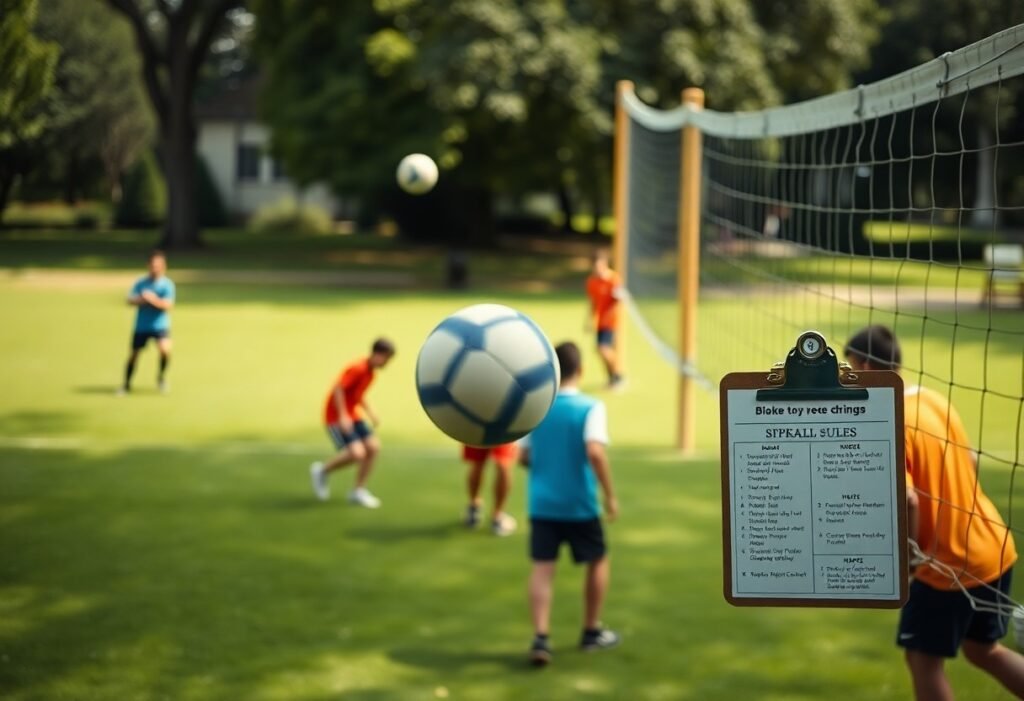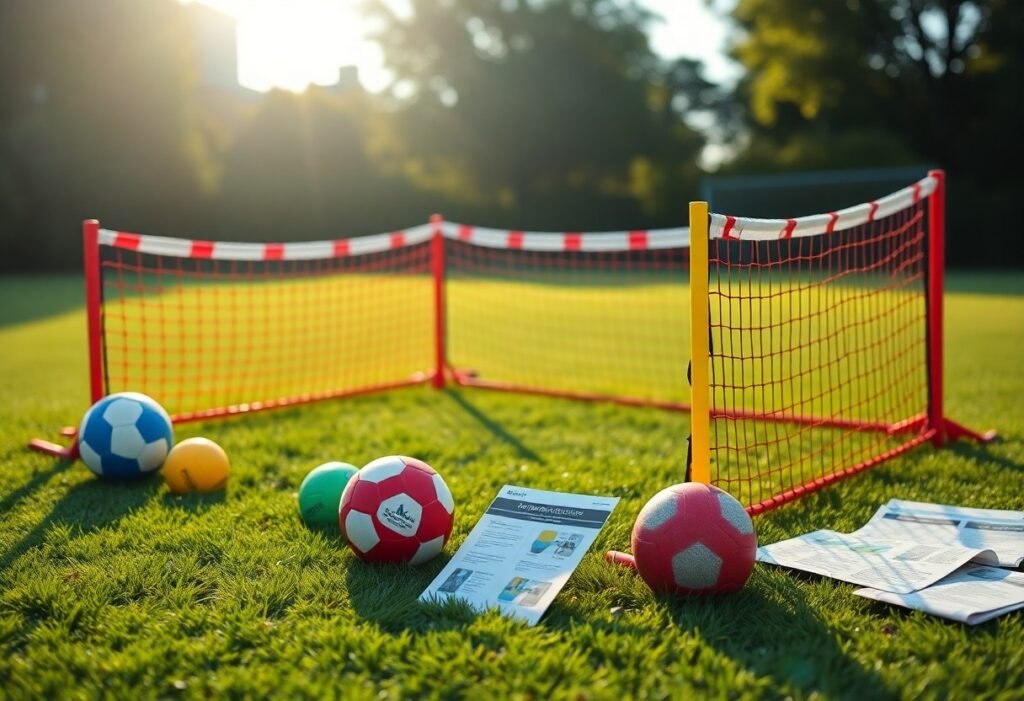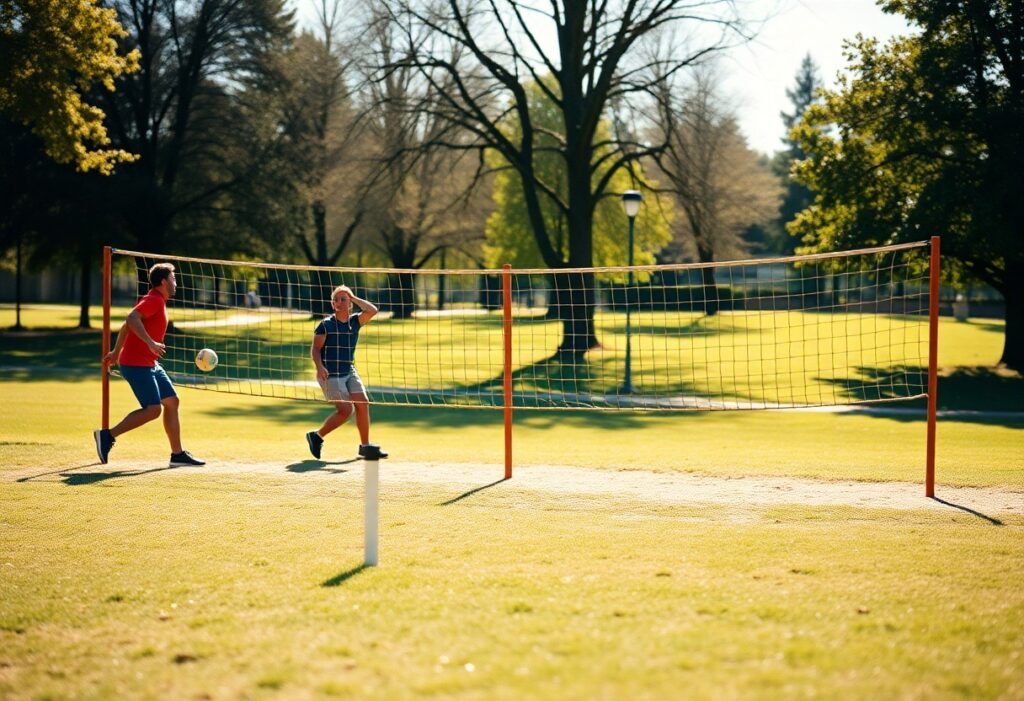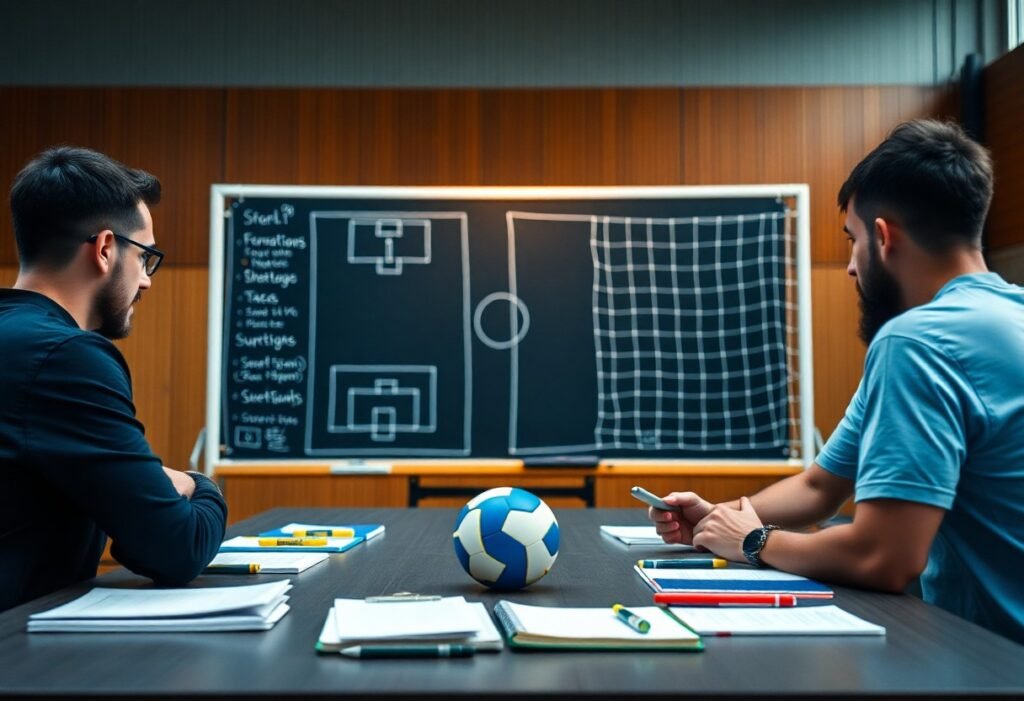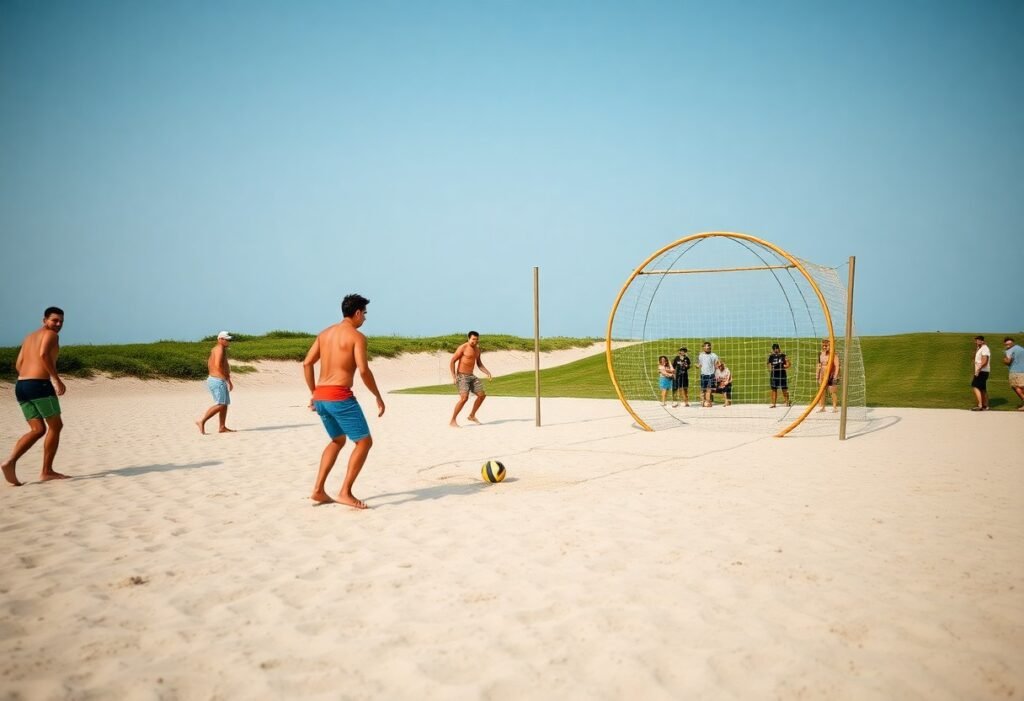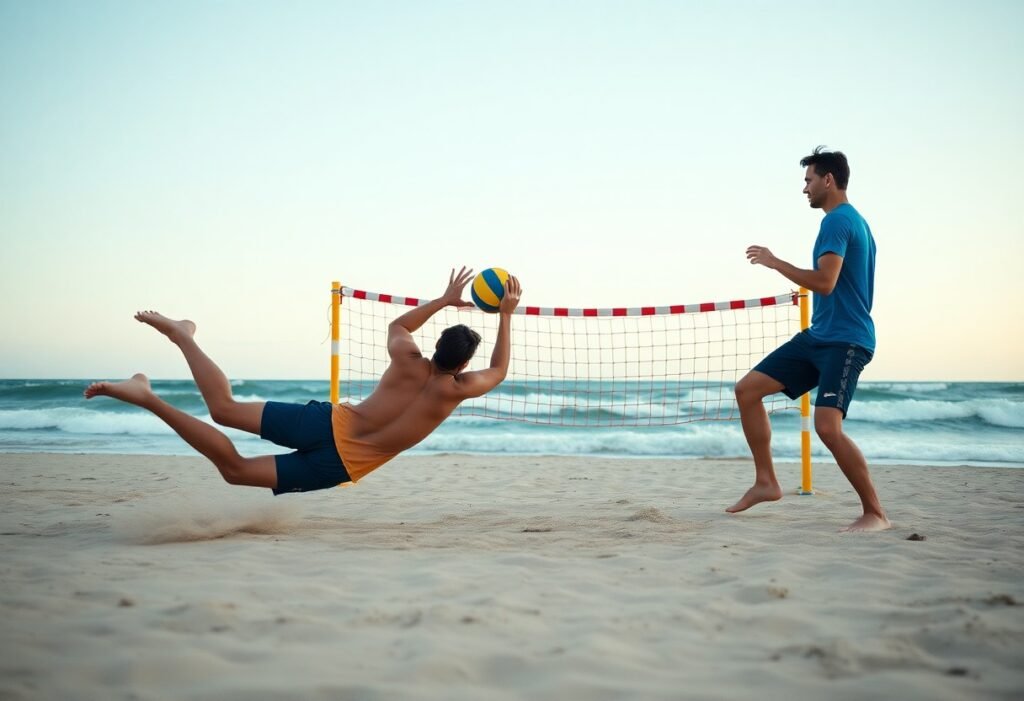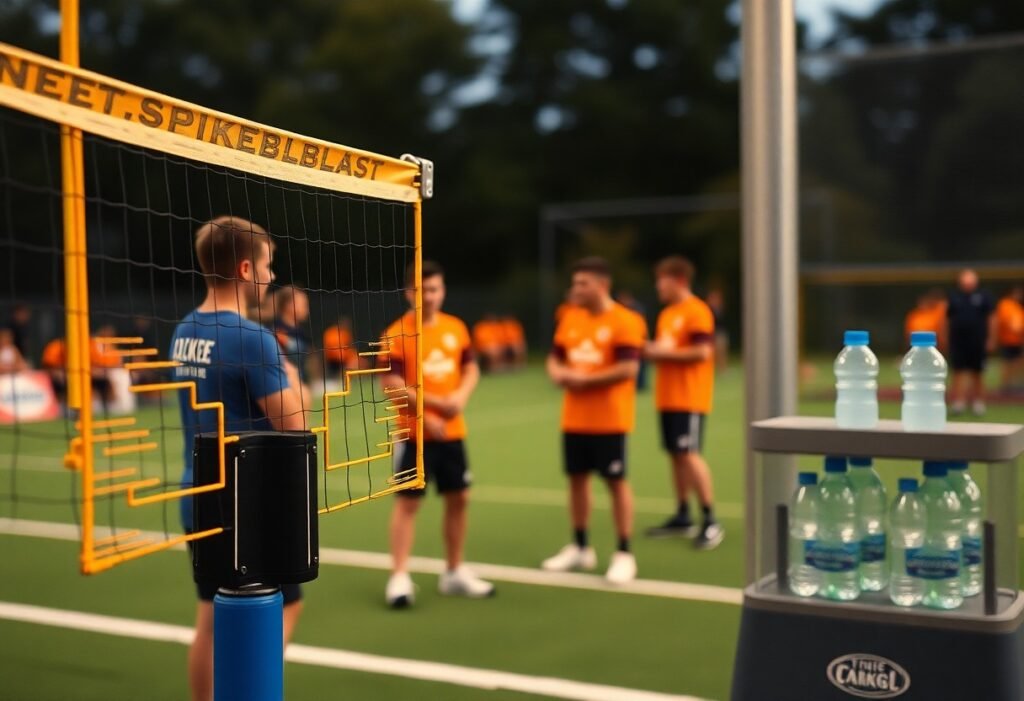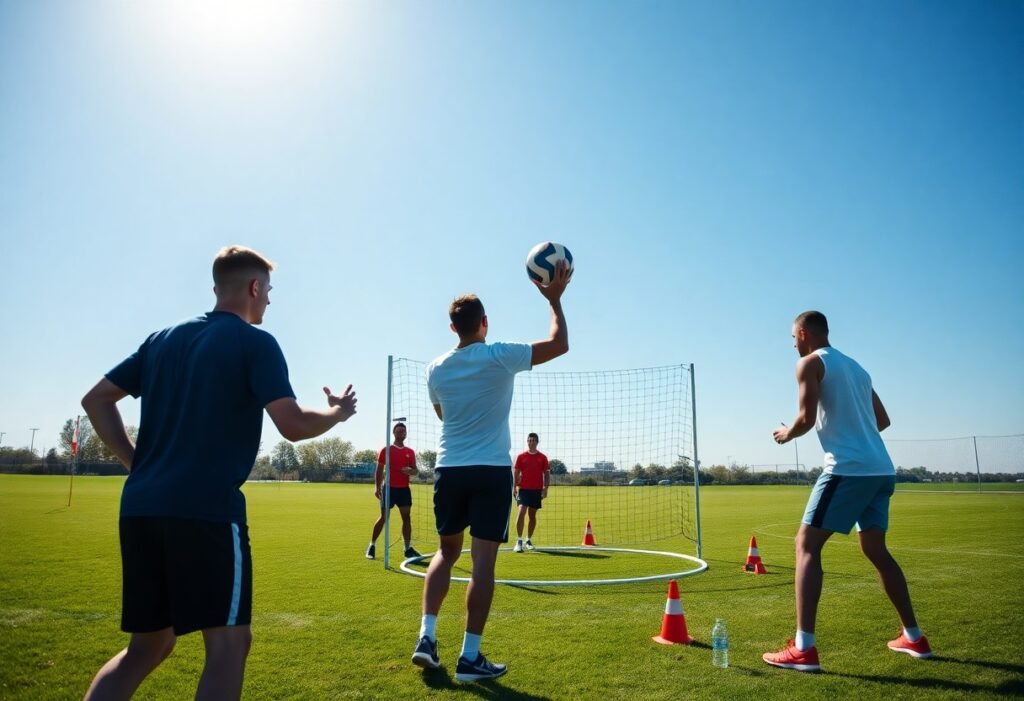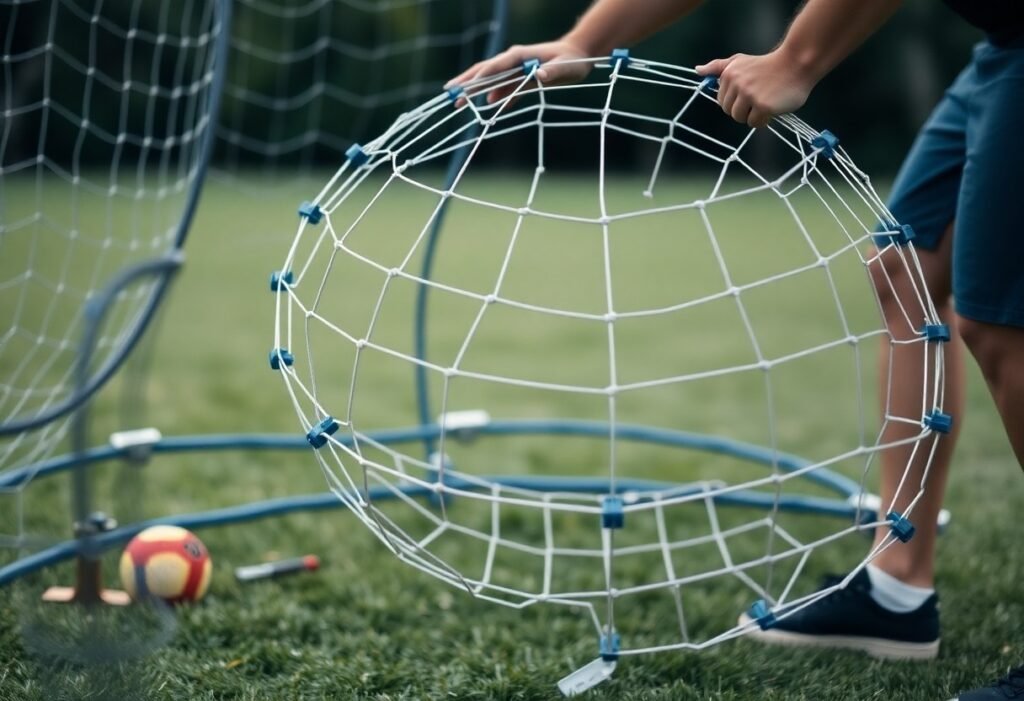It’s imperative to choose the right location for your Spikeball games, as each setting offers unique benefits. At the beach, you can enjoy the sun and sand, but be mindful of wind conditions that can affect gameplay. Meanwhile, playing at a park provides ample space and softer grass, although crowded areas might distract you. A gym allows for year-round play but can lack the natural elements that add excitement to the game. Assess your priorities to determine where you and your friends will have the best experience.

Key Takeaways:
- Beaches offer ample space and a natural playing surface, making them ideal for casual games.
- Parks provide a blend of open areas and facilities, suitable for structured play and larger groups.
- Gyms allow for year-round play with controlled environments, but may limit space and surface options.
Understanding Spikeball
History of Spikeball
Spikeball originated in the 1980s when it was created by Chris Ruder. Initially marketed as a beach game, it gained traction over the years due to its playful and competitive nature. The game experienced a resurgence in the 2000s, thanks in part to social media and tournaments that showcased its appeal.
Basics of the Game
In Spikeball, two teams of two players each compete to hit a small ball onto a round net, aiming to bounce it off in such a way that the opposing team cannot return it. Each match is played to a specific point total, generally 21 or 15, requiring both skill and teamwork.
Your objective is to strike the ball so it ricochets off the net, ideally landing near your opponents. The game allows for up to three touches per team before returning the ball. Positioning and strategy are vital; mastering angles can significantly increase your chances of scoring points.
Equipment Needed
To play Spikeball, you’ll need a few vital items: a Spikeball set, which includes a round net and a ball. The net is usually adjustable to suit different levels of play, and the ball is specifically designed for optimal bounce on the net.
When purchasing equipment, look for a set that is durable and portable, making it easy to transport to your favorite spots. Most Spikeball sets come with a carrying bag, ensuring you can set up quickly whether you’re at the beach, park, or gym. Always ensure the ball meets the official regulations for the best experience during gameplay.
Playing Spikeball at the Beach
Advantages of Beach Gameplay
Playing Spikeball at the beach offers a unique blend of fun and relaxation. The soft sand provides a buffer against falls, allowing for a more forgiving experience. Additionally, the scenic backdrop enhances your enjoyment, making it easy to relax after a game. With the sound of waves and a warm sun, it’s an ideal setting to Spice up Your Summer With Spikeball.
Popular Beach Locations
Some of the best beaches for Spikeball include Venice Beach in California, South Beach in Miami, and Waikiki Beach in Hawaii. Each location offers ample space and a vibrant atmosphere to engage with fellow players and spectators. These beaches not only provide ideal conditions for gameplay but also bring in a crowd that adds to the competitive spirit.
Venice Beach, with its iconic boardwalk and lively energy, is perfect for spontaneous matches. South Beach offers beautiful scenery combined with a bustling crowd, making it a top choice for social play. If you’re in Hawaii, the stunning views at Waikiki create an unforgettable gaming experience, attracting beachgoers eager to join or watch.
Tips for Playing on Sand
When playing Spikeball on the sand, adjust your gameplay to accommodate the softer surface. Prioritize your footwork, as running in sand requires different mechanics compared to a hard court. Engage your legs, use short strides, and stay light on your feet for optimal movement. Also, consider wearing appropriate footwear, or play barefoot for better traction. The
- footwork is critical for mobility
- traction can be improved by choosing the right footwear
- playstyle must adjust to softer ground
Being mindful of your approach enhances your performance on the sandy surface. As you play, focus on harnessing your body’s strength to adapt to the ground beneath you. The
- adjustments you make can significantly affect your gameplay
- teamwork becomes crucial in maintaining focus and coordination
- hydration is key, as the sun can deplete your energy

Playing Spikeball at the Park
Advantages of Park Gameplay
Playing Spikeball at the park provides ample space and the opportunity for greater mobility, allowing you to unleash your skills. The grass is generally easier on your body than harder surfaces, reducing the impact on your joints during intense matches. Additionally, parks often have open areas with fewer distractions, creating a focused environment for friendly competition or practice sessions.
Popular Parks for Spikeball
Some of the best parks for playing Spikeball include Washington Square Park in New York City, Golden Gate Park in San Francisco, and Griffith Park in Los Angeles. Each of these locations features large, grassy areas perfect for setting up your Spikeball net, accommodating both casual players and more serious enthusiasts.
Washington Square Park, for instance, attracts a vibrant crowd with its central location and ample grassy spaces. Golden Gate Park offers a picturesque backdrop with its iconic landscapes, while Griffith Park’s expansive areas provide numerous spots for teams to compete. These parks not only support Spikeball gameplay but foster a community spirit among players.
Park Considerations: Terrain and Space
When choosing a park for Spikeball, consider the terrain and available space. A level surface ensures fair play, allowing for consistent bounces and safer landings. Ensure there’s enough room for all players to move freely without obstacles that could lead to injuries.
Opt for parks that provide short grass that minimizes injury risk and allows the ball to bounce effectively. Avoid overly uneven terrains or muddy areas, as they can interfere with playability and increase the chance of slips or falls. Be proactive about scouting the area before setting up your game to ensure a great experience.
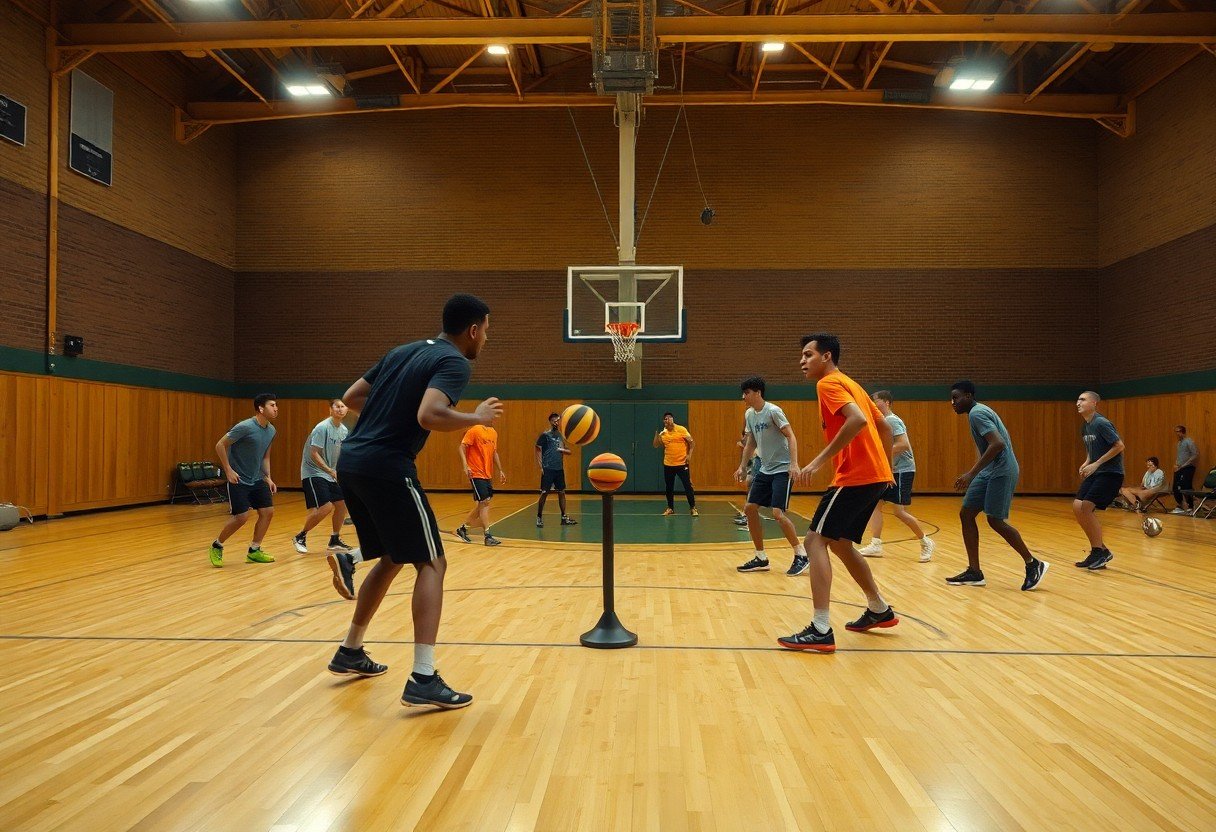
Playing Spikeball in the Gym
Advantages of Indoor Gameplay
When you play Spikeball in the gym, you benefit from a controlled environment free from distractions like wind or rain. The stable flooring allows for consistent ball bounces, enabling more precise gameplay. Indoor courts often have ample lighting, enhancing visibility during competitive matches. With reduced environmental variables, you can focus on skill development and strategy without worrying about outdoor conditions.
Suitable Indoor Locations
Ideal indoor locations for Spikeball include recreation centers, community gyms, and school gymnasiums. These venues typically offer adequate space and facilities to accommodate multiple games simultaneously, fostering an environment of competition and fun. Look for locations with high ceilings to prevent gameplay interruptions from ceiling obstructions.
In community gyms, you may find designated courts or multipurpose spaces that allow for quick setup and teardown. School gyms often feature extensive floor areas and can be reserved for after-hours play. Recreational centers frequently host tournaments and leagues, making them great places to connect with other players and enhance your skills.
Gym Considerations: Surface and Space
Selecting the right facility involves assessing both the playing surface and the available space. Look for smooth, non-slippery floors to ensure optimal gameplay. Gymnasium floors often made of hardwood or rubber, provide excellent traction, reducing the risk of injury while maximizing your performance. Furthermore, sufficient space is vital; you should have room to move freely and set up the Spikeball net without constraints.
Space considerations are necessary in a gym setting. Ensure there’s enough clearance not just around the playing area but also overhead, as jumping and diving can lead to collisions with walls or gym equipment. A space that accommodates at least 20 feet in width and length is recommended to maintain a comfortable and safe atmosphere for all players involved.
Comparison of Venues
| Venue | Pros and Cons |
|---|---|
| Beach | Pros: Scenic views, relaxed atmosphere. Cons: Uneven surface, weather-dependent. |
| Park | Pros: Open space, often has amenities. Cons: Potential distractions, limited facilities. |
| Gym | Pros: Controlled environment, year-round play. Cons: Limited space, potential fees. |
Environmental Factors
Your experience playing Spikeball can be dramatically affected by the environmental factors of each venue. At the beach, sand can slow down movements and affect ball bounce, while grass at the park provides different traction. Indoor gyms offer a stable surface and climate control, ensuring consistent play conditions. These environmental elements can influence how you adapt your strategy during matches.
- Beach: Sand impact on gameplay.
- Park: Grass affects ball movement.
- Gym: Consistent conditions for play.
Knowing these factors allows you to prepare and optimize your performance based on location.
Accessibility and Convenience
Choosing between the beach, park, or gym often boils down to accessibility and convenience. Beaches may require a longer commute and parking challenges, while parks typically offer easy access and free entry. Gyms, although often centrally located, may require membership fees or schedule constraints. Evaluating how easily you can reach these venues directly impacts your decision on where to play.
Aside from location, consider transportation methods and travel time. If you have limited time, a venue closer to your home or workplace can enhance your chances to play more frequently, making the sport an easier part of your routine.
Social Interaction Opportunities
The choice of venue also greatly affects the social interaction opportunities available when playing Spikeball. The beach and parks often attract larger crowds, enabling you to meet other players and join games spontaneously. In contrast, gyms might be more controlled and quieter, reducing the chances for casual interactions. However, organized leagues at gyms can foster community and competitive gameplay.
Engaging with other players in parks and beaches can enhance your social network as you share tips and strategies. This informal environment allows you to make connections beyond just the game, creating a vibrant community atmosphere that adds to the enjoyment of Spikeball.
Organizing Spikeball Tournaments
Venue Selection
Your choice of venue can significantly influence the success of your Spikeball tournament. Opt for spacious outdoor locations like parks or beaches where multiple courts can be set up simultaneously. Indoor gyms are also viable, especially during inclement weather, but ensure they provide enough room for spectators and players to move freely. Always consider accessibility, parking availability, and facilities like restrooms to enhance the experience for all attendees.
Rules and Guidelines
Establishing clear rules and guidelines fosters fair play and ensures everyone is on the same page. Use standardized rules from official Spikeball sources while allowing some flexibility for adjustments based on player skill levels and tournament format.
When defining the specific rules, include information on team composition, scoring, and match duration. For instance, adopting a 21-point scoring system with rally scoring can keep games fast-paced and engaging. Ensure you outline procedures for disputes, whether through tournament officials or a designated peer-review process. Clarity in regulations reduces confusion and ensures a smooth experience for participants.
Promoting the Event
Engaging potential players with eye-catching graphics, videos of previous tournaments, or testimonials can stimulate interest and encourage registrations. Additionally, partnerships with local sports shops or fitness centers can expand your reach and provide sponsorship opportunities that enhance prizes or event resources. Regular updates and countdowns on your promotional channels keep enthusiasm high, ensuring a well-attended tournament day.
Summing up
Drawing together the various environments for playing Spikeball, each location offers unique benefits. At the beach, you enjoy soft sand and scenic views, while parks provide ample space and engaging scenery for a lively game. Gyms offer a controlled environment, ensuring play regardless of weather conditions. Ultimately, your choice will depend on your preferences for setting, convenience, and the experience you seek, but regardless of where you play, Spikeball promises a fun and challenging game with friends or family.
FAQ
Q: Where are the best outdoor locations for playing Spikeball?
A: The best outdoor locations include beaches, parks, and open fields. Beaches provide sand for easier landing, while parks often have grassy areas perfect for gameplay. Look for locations with enough space for the net setup and minimal obstacles.
Q: Can Spikeball be played in indoor facilities?
A: Yes, Spikeball can be played in gyms and indoor sports facilities. Ensure the playing surface is suitable, such as a gym floor or rubber flooring, to prevent injuries and allow for optimal gameplay.
Q: What are the benefits of playing Spikeball at the beach?
A: Playing Spikeball at the beach offers a relaxed atmosphere, beautiful scenery, and the challenge of sand as a playing surface. The open space allows for larger games, and the proximity to water adds a refreshing break during matches.
Q: What equipment do I need to play Spikeball in a park?
A: You will need a Spikeball set, which includes a net and balls, along with water bottles to stay hydrated. A portable speaker for music can enhance the ambiance, and a blanket can help create a comfortable area for breaks.
Q: Is there a difference in gameplay between sand and grass when playing Spikeball?
A: Yes, playing on sand provides a softer landing and slower ball speed, while grass allows for faster movement and ball bounce. Players may need to adjust their strategies based on the playing surface to maximize performance.



